Adolescent Scoliosis
UNDERSTANDING THE SYMPTOMS, CAUSES AND TREATMENTS
Understanding Adolescent Scoliosis
The term adolescent scoliosis is an abnormal curvature of the spine in those patients not skeletally mature. When looking from behind it is normal to have a straight spine with the head centered over the pelvis. Scoliosis can be a curvature to the right or left and also sometimes can include a rotational component to the spine. In adolescents, scoliosis often progresses during periods of rapid growth. Adolescent scoliosis can be from a variety of causes and should be fully evaluated by a scoliosis spinal specialist.
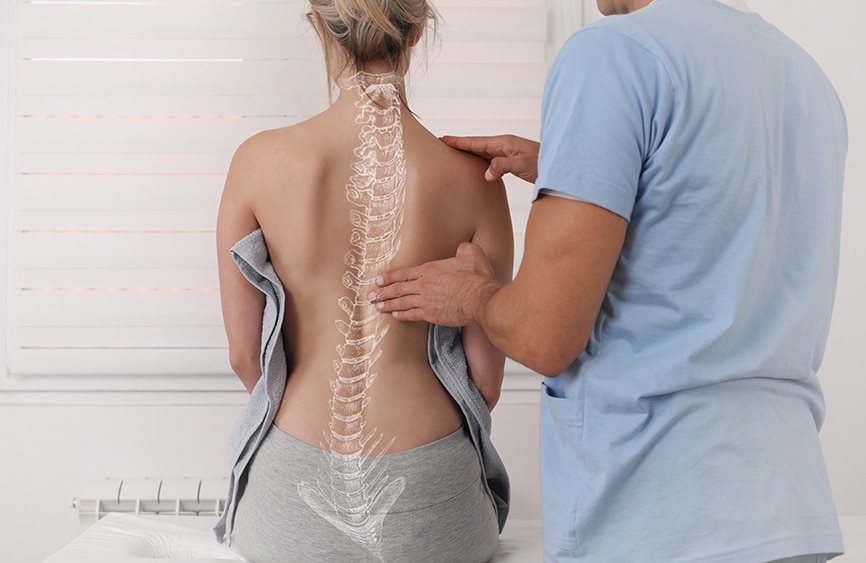
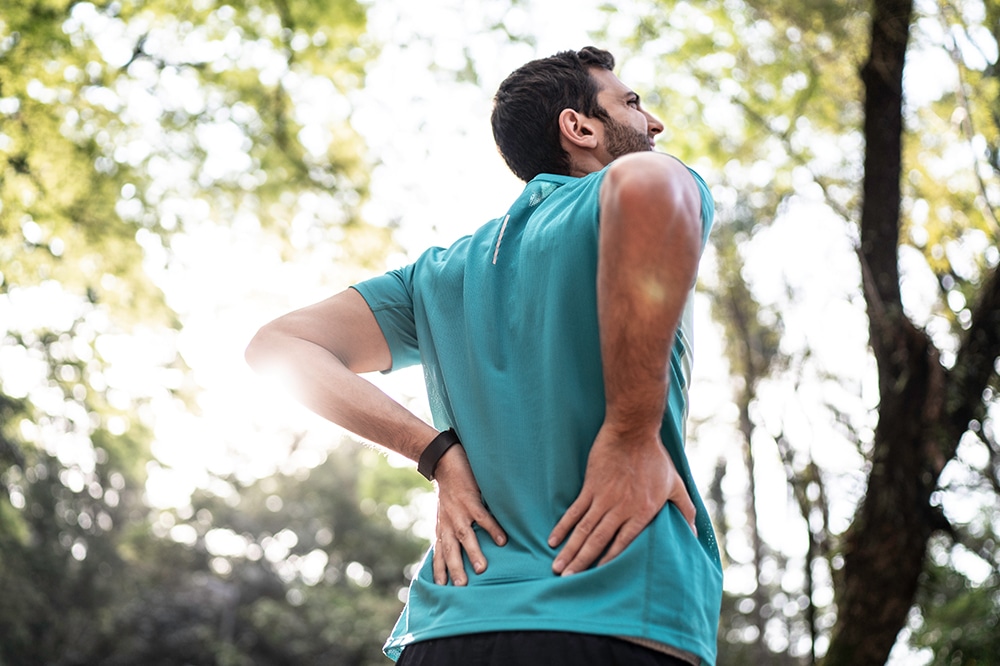
Symptoms
Often in adolescent idiopathic scoliosis patients are asymptomatic. Sometimes the first clue to a patient having scoliosis or an abnormal curvature in their back is concern for their appearance. Patient’s may notice one shoulder higher than another, one shoulder blade more prominent, ribs appearing more pronounced on one side of the body, or even asymmetric skin folds. Often patients may also notice changes in the fit of their clothing. Other times patients may experience mid or low back pain in the area of their curvature. Pain in adolescence is abnormal and should be worked up with a thorough evaluation.
When to Seek Treatment
If you’re noticing symptoms associated with Scoliosis and suspect a spinal issue, it’s crucial to consider consulting a board-certified spinal specialist. Reach out promptly to a certified spine surgeon for an accurate diagnosis and timely treatment. Early intervention can significantly improve your overall well-being and provide a broader range of treatment options, which may decrease as symptoms persist. The key to a successful and speedy recovery lies in addressing the root of the pain with your spine specialist as soon as symptoms arise.
While many people experience day-to-day back or neck pain, dismissing it as soreness, this may not be the case for everyone. If your pain persists for more than 10 days, it should be taken more seriously. Evaluate such prolonged pain with a spine surgeon to identify the root issue and determine the appropriate treatment. Additionally, be attentive to other signs related to back or neck pain that should not be ignored, including pain accompanied by fever, pain associated with loss of bladder control, and weakness/tingling/numbness in your arms or legs.
It’s important to note that these are general guidelines based on our expertise in spine care over the past three decades, recognizing that each patient’s symptoms may be unique.
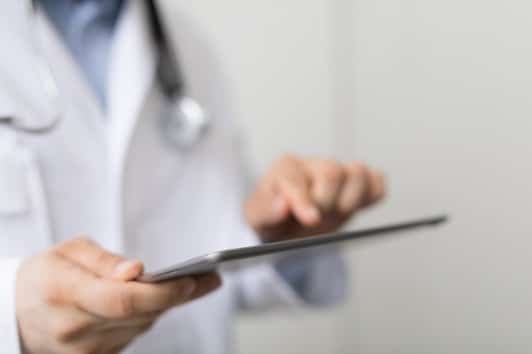
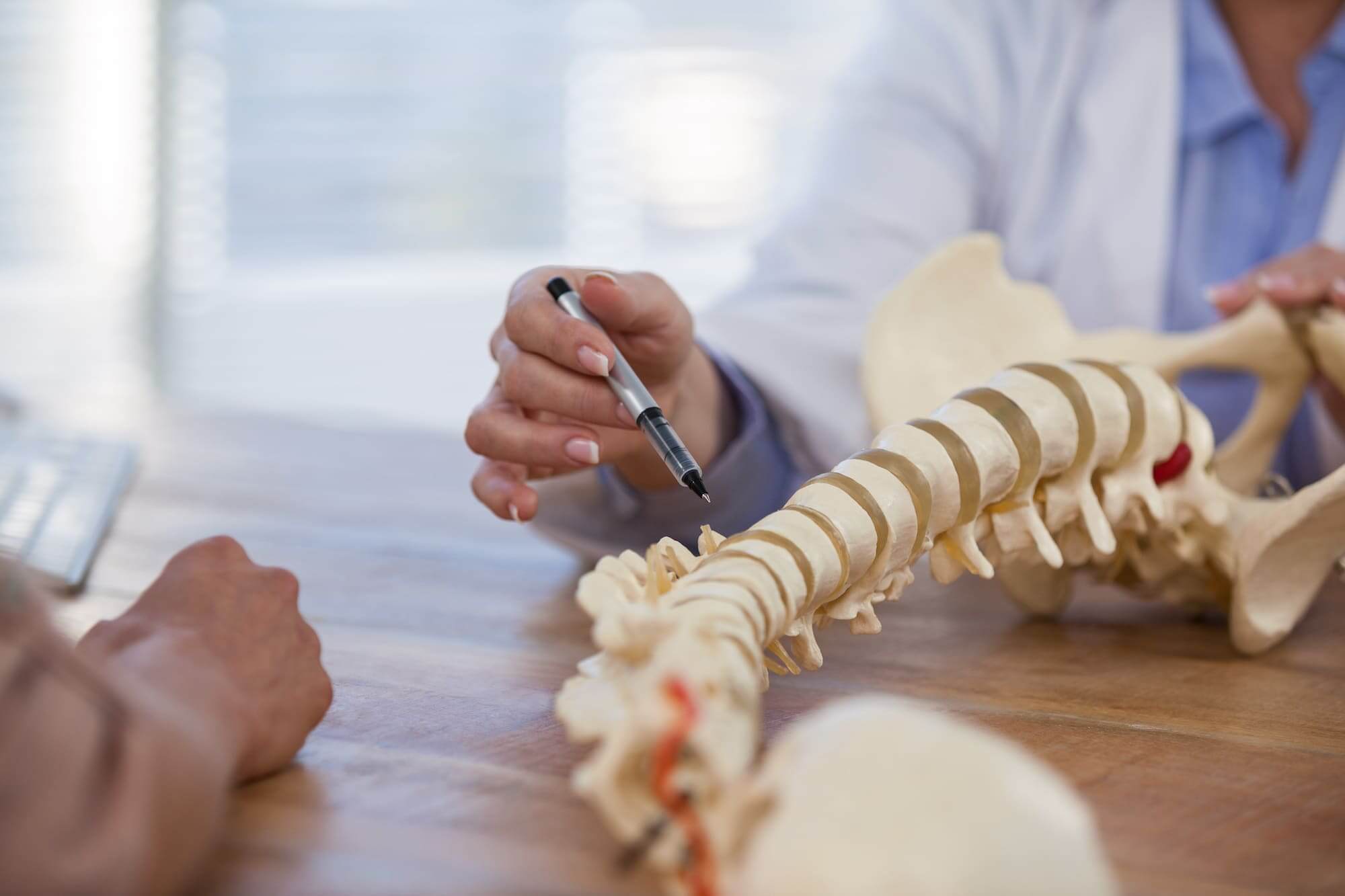
Common Causes & Types
Adolescent Idiopathic Scoliosis
Adolescent Idiopathic Scoliosis, or AIS, is the most common form of scoliosis and occurs after the age of 10. This is when the spine will curve sideways and twist at the same time. The etiology of AIS is unknown however there is a genetic link. Those with a familiar history of scoliosis are at a higher risk of having scoliosis.
This type of scoliosis is more common in girls and can increase during rapid times of growth. Girls tend to grow significantly around the time of their menstrual cycle therefore close monitoring of scoliosis is very important. The typical curve pattern in AIS in left lumbar and right thoracic scoliosis however many different patterns can occur.
Congenital Scoliosis
Sometimes scoliosis can be congenital, meaning from birth. Congenital scoliosis often results from an asymmetry in how the vertebral body was formed that leads to the curvature. Examples of this can be a hemivertebrae where the vertebral body did not completely form in the womb or from a congenital fusion. This type of scoliosis is often seen on radiograph, differentiating itself from adolescent idiopathic scoliosis, and typically manifests before the age of 10.
Neuromuscular Scoliosis
Neuromuscular scoliosis often occurs as a curvature in patients with an underlying neurologic or musculoskeletal disorder. Common syndromes associated with neuromuscular scoliosis include cerebral palsy, muscular dystrophy, or spina bifida.
Syndromatic Scoliosis
A syndrome is a condition where multiple symptoms or signs appear together. Scoliosis can often be one of the symptoms associated with an underlying syndrome and may sometimes be the initial presentation. Syndromatic scoliosis can occur with generalized tissue disorders or connective tissue disorders. Some examples include Marfan syndrome or neurofibromatosis
Diagnosing Adolescent Scoliosis
Especially with the adolescent population, the patient may not be the first to notice a potential scoliosis. Often someone close to the patient such as a parent, pediatrician or coach may be the first to suspect a curvature. Scoliosis often progresses during periods of rapid growth so it is important to evaluate skeletally immature patients for scoliosis. A common diagnostic tool used is the Adams forward bend test. This is when evaluating a patient from behind and he or she bends forward at the waist with knees locked and arms relaxed. This test evaluates for a thoracic or lumbar prominence thus demonstrating the rotation aspect of scoliosis. Specialists will often next use a scoliometer which measures the angle of rotation.
To be diagnosed with adolescent scoliosis the patient must be older than 10 years old. We limit unnecessary radiation exposure with our adolescent patients however radiographs are required to confirm a scoliosis diagnosis. We also utilize radiographs to fully visualize the patient’s entire spine to see the full degree measurement of their scoliosis. Scoliosis is confirmed when radiographs show a curvature of 10 degrees or higher, this measurement is called Cobb angle. Patients’ skeletal maturity is also estimated by x-rays based on their bony growth plates, called Risser Classification. The Risser classification is from “0,” no ossification, to “5” meaning skeletally mature. A lower Risser score signifies great growth remaining and therefore greater risk for curve progression.
Diagnosis is made by a spinal specialist through physical exam and imaging. When seen as a patient at our office we will do a full physical exam evaluating for physical findings including asymmetric skin folds, shoulder or pelvic height asymmetry, and abnormal deep tendon reflexes. Often, especially in adolescence, a full scoliosis evaluation will warrant more advanced imaging to rule out any other underlying congenital issue.
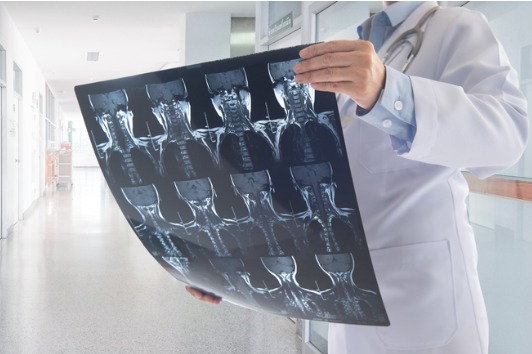
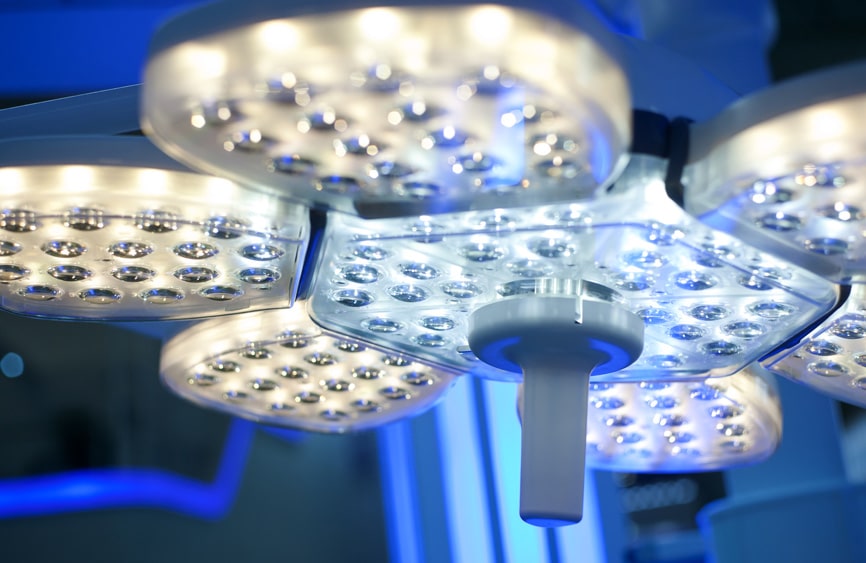
Treatment Options
There are several different treatment options for adolescent scoliosis dependent on the patient’s age, potential for additional growth, symptoms, or underlying cause of their scoliosis. Often with younger patients initially their scoliosis is monitored with intermittent imaging to track the Cobb angle. Typically patients are seen every 6-12 months depending on their particular scenario. If the patient is close to a high period of growth, monitoring may occur more frequently. For patients with a Cobb angle less than 20 degrees and low Risser score they are monitored clinically. If with repeat imaging there is an increase of >5 degrees of Cobb angle or the scoliosis measures above 20 degrees bracing is often considered. The option to proceed with bracing is on a case by case basis after discussing risks and benefits with your spinal specialist as well as taking into account potential for ongoing growth and progression of the curve.
The goal of bracing for scoliosis is to halt the progression of the curvature from becoming worse. Often patients are given a thoracolumbosacral brace (TLSO) also called a Boston brace. This brace is lightweight and can be worn under clothing. Bracing is only effective however if the patient is compliant and wears his or her brace with the recommendation to wear it at least 18 hours per day.
Ideally scoliosis patients will be treated non-operatively with monitoring or possible bracing however sometimes surgical discussion is appropriate based on the symptoms and degree of the curvature. Surgery is often discussed with patients whose scoliosis is over 50 degrees. At VSI we will review all the options as well as risks and benefits associated with any potential surgery.

